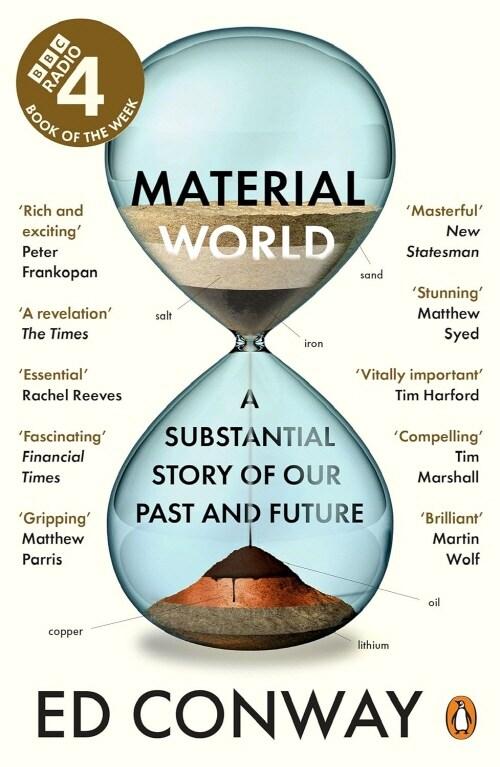책 이미지

책 정보
· 분류 : 외국도서 > 경제경영 > 세일즈
· ISBN : 9780470823262
· 쪽수 : 440쪽
· 출판일 : 2008-02-04
목차
INTRODUCTION CHAPTER 1 - SPECIFICITIES OF THE LUXURY INDUSTRY WHAT IS SO DIFFERENT ABOUT THE LUXURY INDUSTRY? The meaning of size Sales figures are difficult to compare How many employees? The specific financial characteristics A very high break even A limited cash need A different time frame a) The specific case of the fashion cycle b) The time necessary for a turn around or a major change KEY TO SUCCESS IN LUXURY GOODS 1. The need for a strong name Why are you better off with the name of a person? Brand extension and legitimacy To make products that can be identified a) The primacy of design b) The "reason for being" behind each product Products must be part of the social and cultural environment a) How to keep in line with social trends? b) Should one react when out of phase with the trends? THE MAJOR OPERATORS 1. What is the size of the luxury market? How the French and the Italian perform? It this an oligopoly or an open market? The three large corporations a) LVMH b) Richemont c)PPR Gucci Can the mono brand company survive? CHAPTER 2 - MAJOR LUXURY SECTORS A THE READY TO WEAR ACTIVITIES 1. The specific fashion business and the way to operate The different nationalities How to develop a brand? How to make money? 2. Key management issues a) The creative process b) The worldwide presence c) Why is it difficult to make money? 3. The most frequent organization structure B. THE PERFUMES AND COSMETICS BUSINESS 1. The perfumes and cosmetic market a) Consumer expectations b) Product types c) The financial aspect 2. The major operators a) The major brands b) The major corporations c) Is there room for outsiders? 3. Key management issues a) Sophisticated marketing b) Worldwide advertising and promotion c) Managing distribution networks Organization structures C. WINES AND SPIRITS 1. The wines and spirits market a) The "brown" products b) The "white" products c) Champagnes d) Other categories 2. The major operators a) The major brands b) The major corporations 3. Key management issues a) Dealing with mass merchandisers b) The need for a worldwide structure c) Financing inventories d) The need for "pull" marketing 4. Organization structures D. THE WATCH AND JEWELRY MARKET 1. The market a) The jewelry market b) The watch market 2. The major operators a) The jewelry brands b) The watch brands 3. KEY MANAGEMENT ISSUES a) Retail versus wholesale b) Pricing and product lines for jewelry and watches c) The risk of the major customer 4. Organization structures CHAPTER 3 - THE POWER OF THE LUXURY BRAND A. THE VALUE OF A BRAND 1. The methodology of Interbrands 2. The luxury brand in the total universe of brands 3. The luxury brands in the top 100 B. THE CHARACTERISTICS OF A BRAND 1. The brand as contract 2. Brands and time 3. Brands and society C. THE BRAND AND ITS SIGNS 1. Brand names 2. Logos a) The functions of the logo b) A few forms of logo c) Managing logos d) Logomania 3. Other signs of recognition D.THE LEGAL ASPECTS AND THE DEFENCE OF A BRAND 1. Brand protection a) brand registration b) Registration renewal c) the original regustration 2.Fighting counterfeit activities a) The case of knock offs and tables of correspondence b) The case of Chinese or Korean counterfeits c) The "lenient" countries CHAPTER 4 - PRODUCT LYFE CYCLE 1. Measuring a brand's strength 2. The birth of a brand Growth of a brand a) Sectorial growth b) Geographical expansion c) New categories of products d) Optimization of internal processes e) Brand repositioning f) Conclusion A brand's maturity Decline, relaunching and death of a brand a) Continuing decline b) The death of a brand c) Relaunching Global brands, local brands a) Conditions and advantages of a global strategy b) Possibilities for local strategy c) The vulnerability of global brands CHAPTER 5 - THE LUXURY CLIENT A. WHO ARE THE LUXURY CLIENTS? 1. The rich, the very rich or ev






























